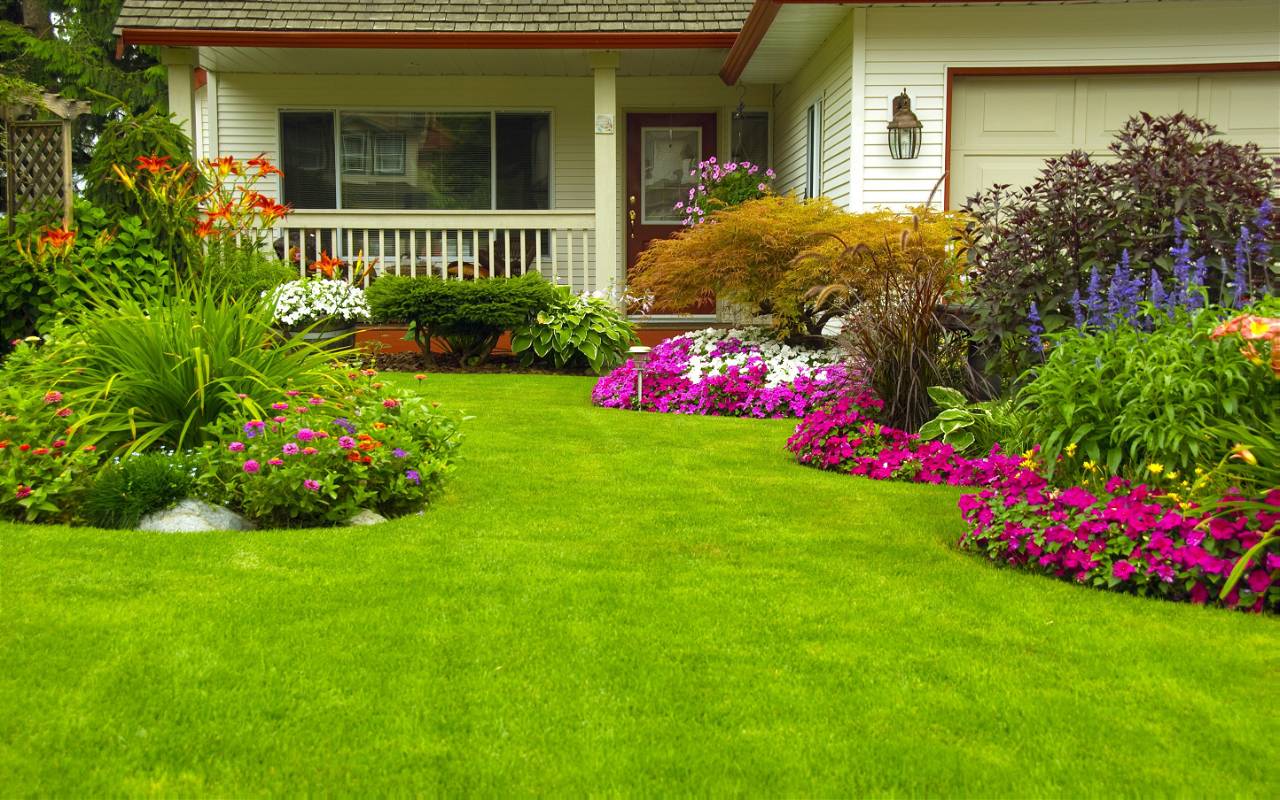
Home Gardening: It’s that time of year when the days get longer and the heat goes up. Yes, the heat of summer is finally here! As far as the health of the plant is concerned, the summers can be a tough time, if they do not get the proper care. Though there are some plants like cacti and succulents that are well-adapted to the heat, summer flowers like sunflowers and pansies love the sun but do need care. Don’t worry, nature has a solution for every problem and in this article, I’m going to discuss some ideas to keep your garden thriving during the summer.
How to keep your Plants Healthy in Summer:
Here are some tips to keep in mind:
1. Water Correctly:
While every species has different watering needs, it’s important to hydrate your plants well and deeply. Though over-watering is the most effective way to kill your houseplant, the summer heat causes water to evaporate from the soil at a much faster rate. That’s why make sure to water your plants deep and slow. If you pour a lot of water in the soil, it doesn’t get time to soak the water and it just drains through the drainage holes at the bottom and if you water very little, only the topsoil gets wet while the lower roots get dehydrated. Remember, the water is actually absorbed by watering slowly.
2. Promote High Humidity:
Plants that need high humidity like tropical plants need to be frequently misted through periods of heat. You can also fill your planters base plate with pebbles or empty cans, fill it with water, and set your pot on top or group your plants together and put a bucket of water in the middle to create a little humid microclimate for your plant that will provide humidity and help them through the summer.
3. Shade Sensitive Plants:
If your plants are in a south or west-facing balcony are especially susceptible to leaf burn due to increased sunlight. So, it’s very important to move them to corners that do not get a full day of direct sun and water them deeply every morning. You should try grouping plants together and shade more delicate varieties like ferns behind hardier and larger varieties.
4. Feed Well:
When was the last time you fed your indoor plants? If the answer isn't recent, it's probably time to bring out the fertilizer and mix it well with the soil. Due to longer days in summer, plants are exposed to more sunlight, that’s why they require additional nutrients to stay healthy and create new growth. Once a month, water-soluble fertilizer is enough for its health.
5. Don’t re-pot during Peak Summer:
Always try to do your repotting before the summer as proper repotting requires trimming some of the root mass and leaves also get damaged. All these activities set the plants at risk of shock and stress if it is done in peak summer. So, keep your re- potting for cooler seasons when your plants don’t have survival at the forefront.
6. Prevent Leaf Scorch:
Windows can act as a magnifying glass, burning and drying out your plant's leaves. To avoid reddish-brown sunburned splotches, keep your plants a foot away from the window. Some exceptions like cacti, succulents, ficus trees, and tropical plants will thrive in direct sun.
7. Learn to Recognize the Signs of Stress:
If you look carefully, you’ll be able to read the signs of stress in a plant and it is essential to arresting the damage before it takes over the whole plant. Some signs of stress in summer are mostly either relating to too much heat or too little water. For example, Pale foliage is a sign of stress, rough brown and burnt leaves, yellow patches or brown spots are all a sign of sunburn, and flower and leaf drops are also a sign of plant stress.
Just remember, above discussed golden rule, more light means more photosynthesis that needs more water. Further, there is a rapid loss of water from the leaf surface, stems, and soil surface due to heat. So, try to balance out the increased heat and light with the frequency and quantity of watering for a thriving & beautiful summer garden of your home!
















